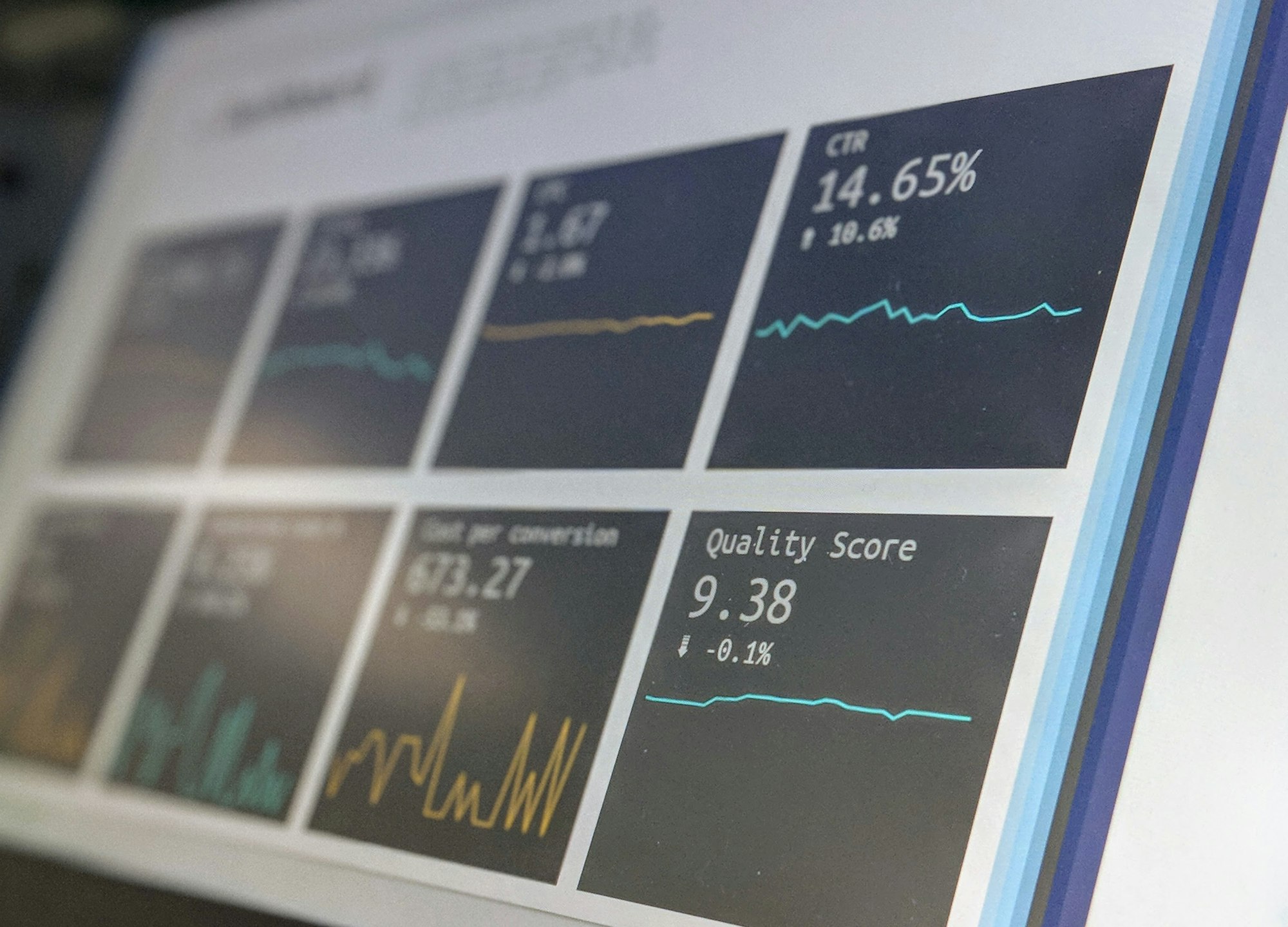Grade level and readability statistics: the truth and the myth
We take a look at grade level and readability scores, and how they can help you improve your writing

You might be hoping to find an online tool that can instantly grade your document. Unfortunately, this is not the case. However, you can still use grade level and readability statistics to improve your writing. Additionally, higher grade level does not necessarily indicate that your writing is better (read below!).
What are grade level and readability statistics?
The readability statistic or 'Flesch reading-ease test' is a statistic that attempts to quantify how difficult a text is to read. It takes into account several factors including total words, total sentences and total syllables. The higher the score the easier it is to read, vice versa.
The grade level statistic or 'Flesch-Kincaid grade level formula' is a statistic that attempts to quantify how difficult books and other texts are to read. In general, the score can also indicate the number of years of education required to fully understand and/or comprehend what is being said in the text. Similar to the readability statistic, it also takes into account total words, total sentences and total syllables, however it has a different equation. The grade level statistic is similar to the Lexile Reading Level, however the measure continues throughout ones life and can provide a grade level to those from 5th grade to post university graduate level.
History of the statistics:
In 1975, J. Peter Kincaid was commissioned by the US navy to develop a test for reading difficulty and to associate an education level with it. It was originally used in 1978 to gauge how difficult technical manuals were to read and soon became a military standard. It is now a common requirement in many U.S. states that legal documents and insurance policies are no higher than a 9th grade level, this is so that they are easily understandable, even to those with low levels of educational qualification.
How can I calculate them?
You can easily calculate the grade level and readability of your document by running your document through Outwrite. If you'd prefer to calculate them manually, here are the formulas:
Readability = $$ 206.835 - 1.015(\frac{\text{total words}}{\text{total sentences}}) - 84.6(\frac{\text{total syllables}}{\text{total words}}) $$
Grade level = $$ 0.39(\frac{\text{total words}}{\text{total sentences}}) + 11.8(\frac{\text{total syllables}}{\text{total words}})-15.59 $$
This means that:
If you want to increase the readability of your writing (i.e. decrease grade level), consider using shorter and less complex words. We go into more depth about how to improve readability here.
If you want to increase the grade level (i.e. decrease readability), you can include some longer and more complex words as well as writing longer sentences. You could do this by using commas to link two sentences.
Interpretation of statistics
First things first, you need to be able to interpret the results of each statistic. The higher the readability score the easier it is to read, the lower it is the harder it is to read. The grade level statistic will indicate the number of years required to understand the text. Below is a table to help with interpretation of your statistics:
| Readability Score | Grade Level | Notes |
|---|---|---|
| 100.00 - 90.00 | 5th grade | Very easy to read. Easily understood by an average 11-year-old student. |
| 90.0 - 80.0 | 6th grade | Easy to read. Conversational English for consumers. |
| 80.0 - 70.0 | 7th grade | Fairly easy to read. |
| 70.0 - 60.0 | 8th & 9th grade | Plain English. Easily understood by 13- to 15-year-old students. |
| 60.0 - 50.0 | 10th to 12th grade | Fairly difficult to read. |
| 50.0 - 30.0 | College | Difficult to read. |
| 30.0 - 0.0 | College graduate | Very difficult to read. Best understood by university graduates. |
When interpreting your results, it is important to consider your audience. According to the results, will your text be understood by your audience? If you're writing for kids, you want to ensure readability is as high as possible and grade level as low as possible to assure they will be able to understand what you have written.
The Myth: Higher grade level is better?
Generally, this is not the case. Though the actual readability of your writing will vary according the topic, intended audience and purpose, you want to be as clear and unambiguous as possible in your writing to effectively communicate your message to your readers. This means that you want your readability to be as high as possible and hence your grade level as low as possible. Needlessly long sentences or words not only makes your writing harder and longer to read, it may confuse and/or disinterest your readers.
George Orwell had similar thoughts in Politics and the English Language. His famous six rules for writing (especially rules (ii), (iii) and (v)) encourages a writer to increase the readability of their writing.
(i) Never use a metaphor, simile, or other figure of speech which you are used to seeing in print.
(ii) Never use a long word where a short one will do.
(iii) If it is possible to cut a word out, always cut it out.
(iv) Never use the passive where you can use the active.
(v) Never use a foreign phrase, a scientific word, or a jargon word if you can think of an everyday English equivalent.
(vi) Break any of these rules sooner than say anything outright barbarous.
Validity:
In the Journal of Applied Psychology, Rudolph Flesch proposes the grade level and readability statistic as "A new readability yardstick" and supports it with various practical and theoretical evidence. However, the results of the two tests can be manipulated to give a certain score, reducing the validity of the tests. Although they can be manipulated, they can still provide an individual with a good basis to then edit their text off of.
Conclusion:
The Flesch-Kincaid readability and grade level statistics are designed to help quantify the difficulty of texts as well as provide some indication as to how educated the reader needs to be in order to understand the text. Whilst they can provide some indication as to the complexity and difficulty of the text, they are not perfect and can be manipulated to give misleading results. They can however be useful when creating content for a specific demographic. Many people might think that these statistics can grade their assignments or essay, however they are just a tool to help understand how well text will be understood and how easy they are to read.
If you would like to improve the readability of your writing, we offer five quick tips here.

